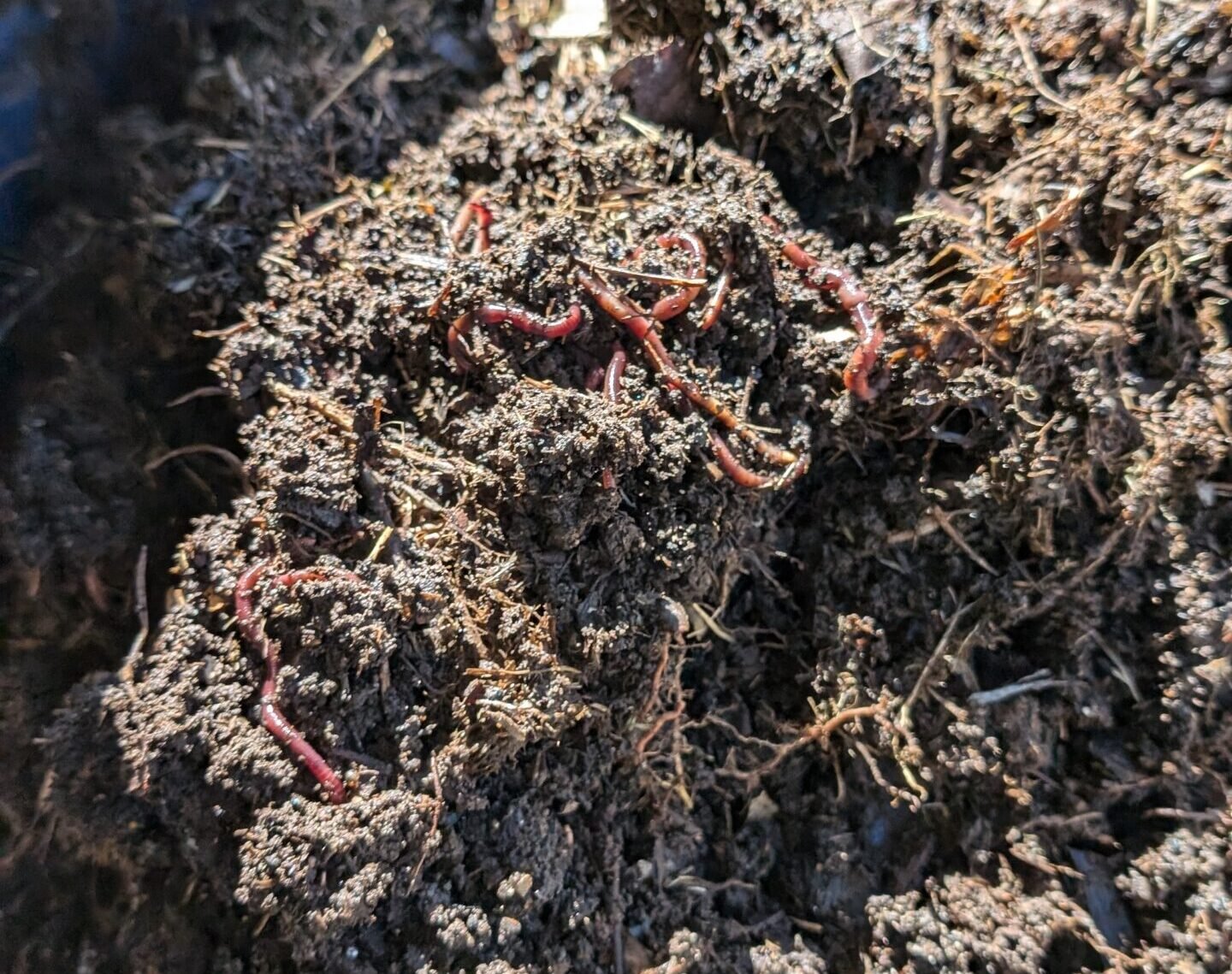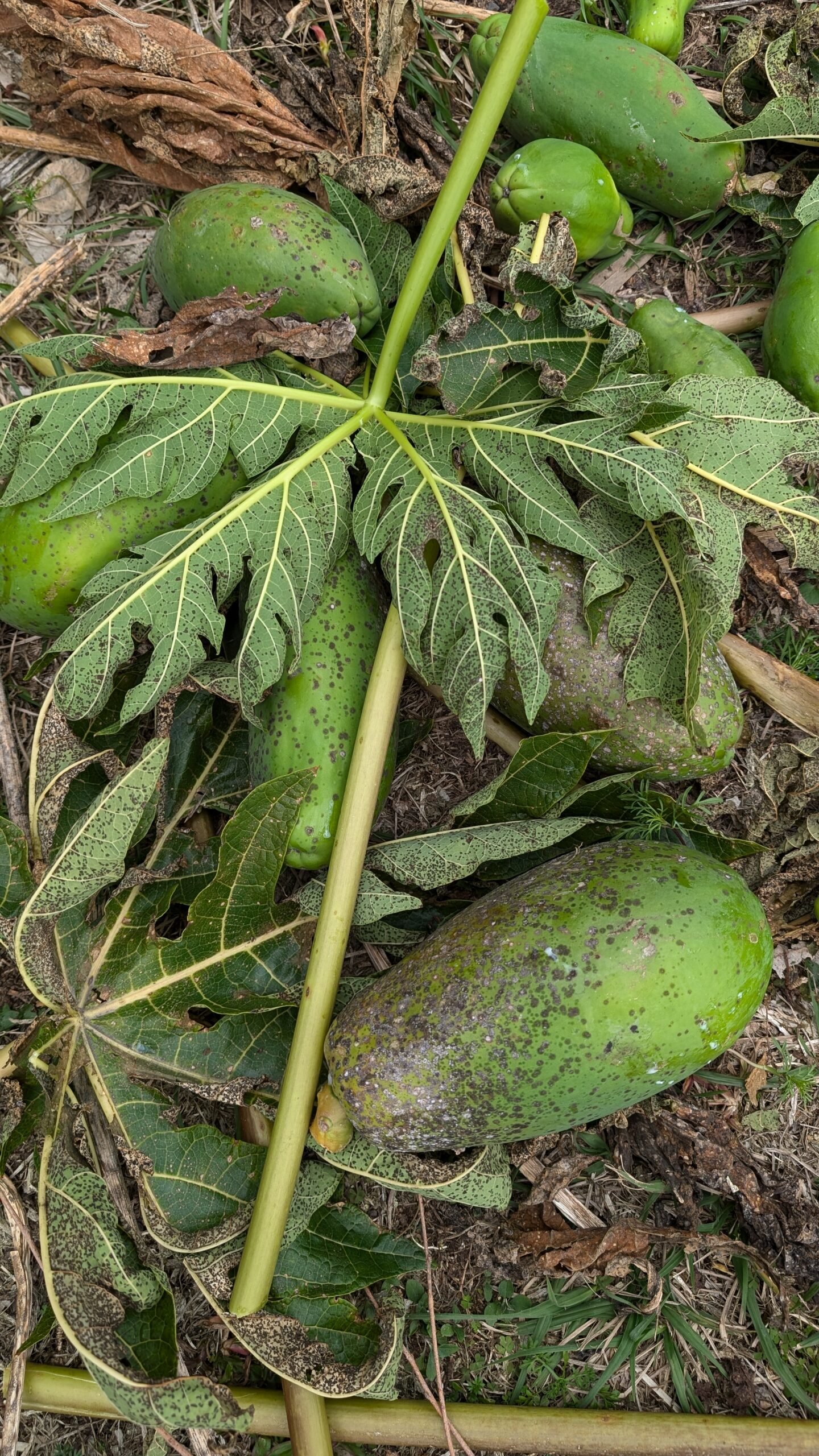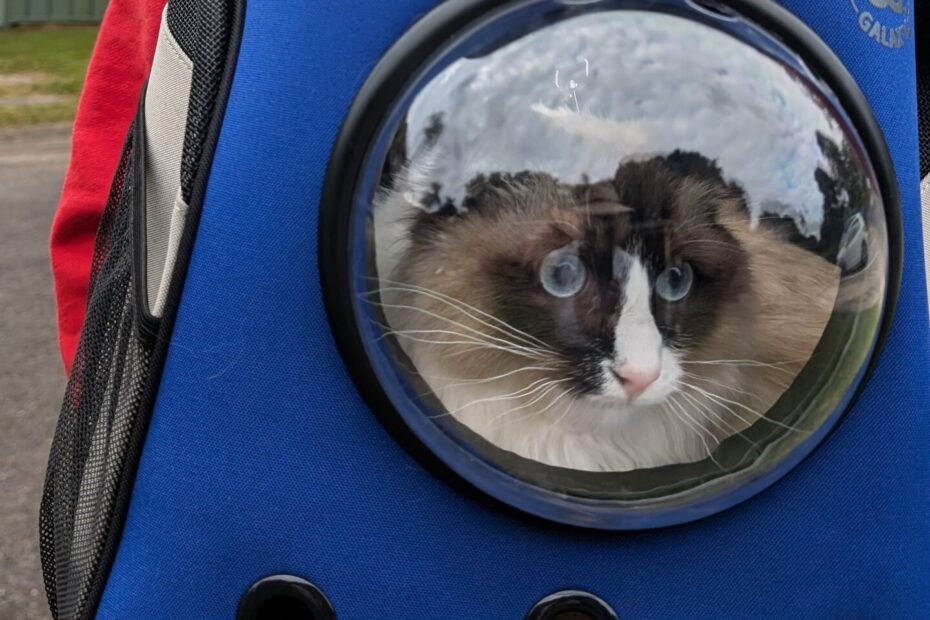A community garden offers pleasure and provides food. It also builds community!

Jasmine and her cat enjoy the garden even when no other humans are there, but when other humans are about, they interact. The community is knit together from hundreds of small encounters.

We are preparing for a Garden Party, designed to bring the community into the garden. We will show off the garden itself, the produce from the garden, and generate as much interest in participation as possible. One desirable outcome is the discovery of new forms of participation.

Examples of the produce include, ground turmeric and chilli, chilli sauce, passionfruit butter, kombucha vinegar, and ghost pepper tabasco.
We are all animals
The non-humans, though, are key to the puzzle.
The birds, lizards, mantis and spiders keep down the insects that would feast on our leaves and fruit.
The herons, ibis, bush turkeys and ducks work over the leaf litter exchanging living insects for predigested ones, accelerating their contribution to the soil.

And the soil is where the magic happens. In a garden largely fuelled by grass clippings, the fungus that breaks down the cellulose in the grass is a critical first step. Worms do the rest. Beetle grubs and slaters crunch through the stems and roots of the garden plants we add to the mix. We turn two cubic metres of grass into soil in three or four months – it is faster in warm weather. Our major allies are the fungus and the worms. The white threads of the mycellium (fungus) are visible in the photograph above. The fungus and worms eat the grass and the beetles and slaters eat the stems and leaves of the cuttings from the garden. Between them, they turn all this biomass into rich soil. The liquid that runs off from the work farm is as strong as seasol or any of those commercially available nutrient packs.
Mixed with leaf litter and the detritus of half-eaten stems and leaves from the heap, the worm castings provide the nutrients for a just-about-perfect garden soil. The imperfection is its drainage. The richer it is the less it drains, so we sprinkle loose grass clippings on top, which get broken down and drawn into the soil by the animals living in the soil. Turning over the sub soil every two years, deepens our garden beds and integrates the new soil into the local geography. Well-structured earth works facilitate that process, holding water and nutrients into the gardens where we plant, and building the subsoil and drainage system under the gardens. We could import sand to help with drainage but so far have not had any significant water pooling, despite a wet summer, and so that seems to be a long term requirement.
The community of pests
Pest management is an issue that crosses species. Plant a food forest and hungry mouths will come.

Possums are prolific. The half-eaten passionfruit, the nibbled paw paw, the dead grape vine that was stripped bare once a fortnight for the entire summer: these are landmarks on the trail of destruction that this protected species leaves behind. “Eat them,” I say but I have never had good reason to break that law. Well, given the trail, the reasons mount. Sympathise? Read this!
Human thieves require careful management too. To build community we need beneficiaries. No grower resents a hungry person a taste of the crop. Persistent sneaks, though, who take the bulk of the crop, need to be reminded of the rule.
If you grow it, you can pick it.
If you don’t pick it, it is given away.
In this case: “Grower gets first pick.”


